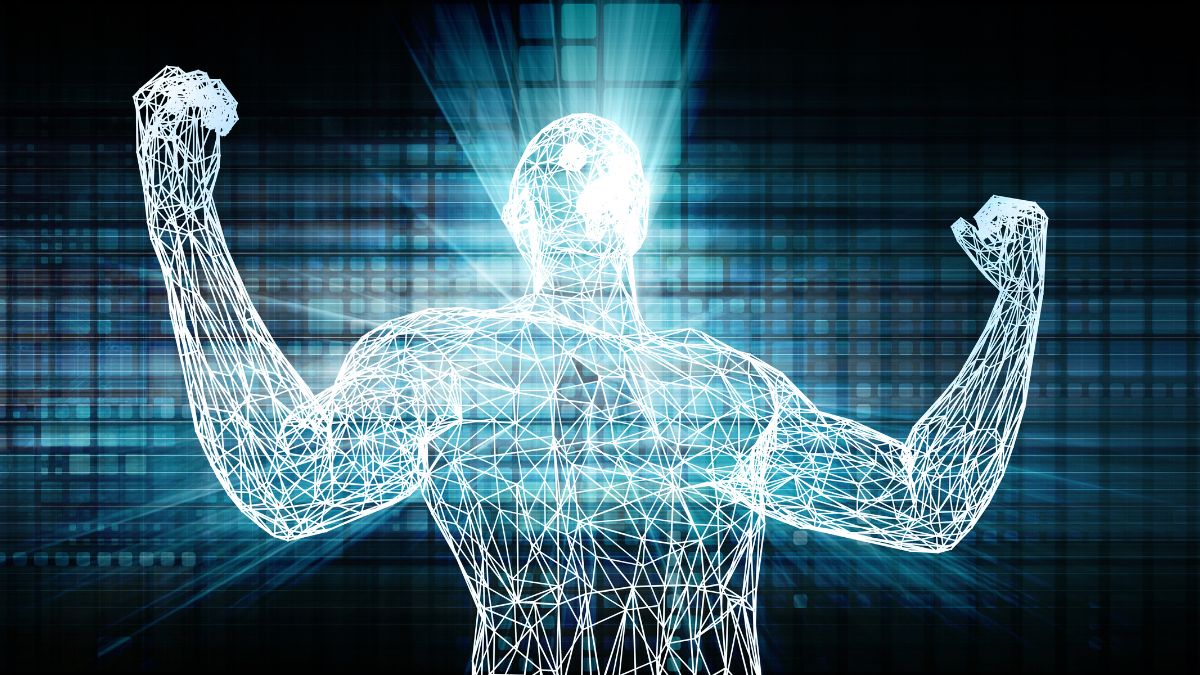
In today’s business landscape, digital transformation highlights the increasing importance of automation and artificial intelligence (AI). In fact, the global AI market is expected to reach $126 billion by 2025.
Automation and practical AI continue to revolutionize workplaces, boosting productivity and enhancing customer service. For example, Amazon’s use of automated systems reduced cycle times (the time it takes to get an item from warehouse to customer) by as much as 50 percent while also increasing order accuracy and productivity.
While newer technologies like these augment business operations, concerns linger about the possible replacement of human workers. However, digital engineering solutions and IT services companies are clearly demonstrating that success lies in human-machine collaboration.
It’s important for companies to understand the significance of placing humans at the core of leveraging automation and AI for human-centered innovation. Additionally, employees remain vital in digital transformation projects, as automation alone often falls short. Going forward, incorporating the human element will propel businesses ahead of the competition. Here’s how:
1. The Importance of Human-Centered Innovation
The purpose of automation and AI is to streamline business processes, reduce costs, and increase efficiency. However, it’s important to remember that the ultimate goal of digital transformation is to improve people’s lives. “Human-centered innovation” means putting the needs of people at the heart of technology development and implementation.
By embracing this approach, businesses can create products and services that are designed with the end user in mind. This results in happier customers, increased revenue, and improved worker satisfaction and retention rates.
2. How Hyper-Automation Will Go Beyond Digital Transformation Success
One of the most significant advantages of hyper-automation is that it now handles complex tasks that were previously thought impossible for machines to perform. Hyper-automation can also learn from experience, allowing it to make better decisions and continuously improve processes over time.
An important point to consider: hyper-automation is not just about efficiency. It’s also about convenience. By automating repetitive tasks, workers can focus on more creative and challenging work that is both satisfying and fulfilling. This can lead to increased employee engagement and a more positive work culture.
3. The Crucial Role of the Human Element in Automation
While automation and AI have better multi-tasking abilities than humans, there are certain areas where they still lack knowledge. Machines may struggle with tasks that require creativity, empathy, and emotional intelligence.
This is where humans step in. By working alongside machines, employees can bring their unique abilities and experiences to the process. While a machine may be able to analyze data quickly and accurately, a human can provide contextual understanding and make decisions based on empathy and intuition.
4.The Benefits of Collaboration Between Humans and Machines
Synchronization between humans and machines can bring numerous benefits to businesses including:
- Increased productivity
- Cost effectiveness
- Improved adaptability
- Better decision-making
- Greater customer service
And, working alongside machines can help workers stay up-to-date with the latest technology trends, improving their skills and making them more valuable assets to the business.
Relying solely on automation poses challenges, underscoring the necessity of human involvement to avoid underperformance. By placing humans at the core of automation and AI integration, companies can cultivate a more favorable work environment and stimulate innovation. Furthermore, the collaboration between them not only paves the way for fresh business opportunities, but also generates novel pathways for employees and society as a whole.
Final Thoughts
The fusion of human capabilities with the power of hyper-automation surpasses limits making great technological achievements more attainable through digital transformation, thus emphasizing its unparalleled potential. By embracing and harnessing the synergy between human expertise and machine automation, companies can unlock a wealth of innovative technologies, knowledge, and growth prospects, empowering their workforce to unleash the full potential of human and machine collaboration.
Prakat supports the relationship between human and machine and understands that collaboration between the two will be crucial for the success of any business or organization going forward. To learn more about Prakat’s digital engineering solutions and IT services, please contact us today.






